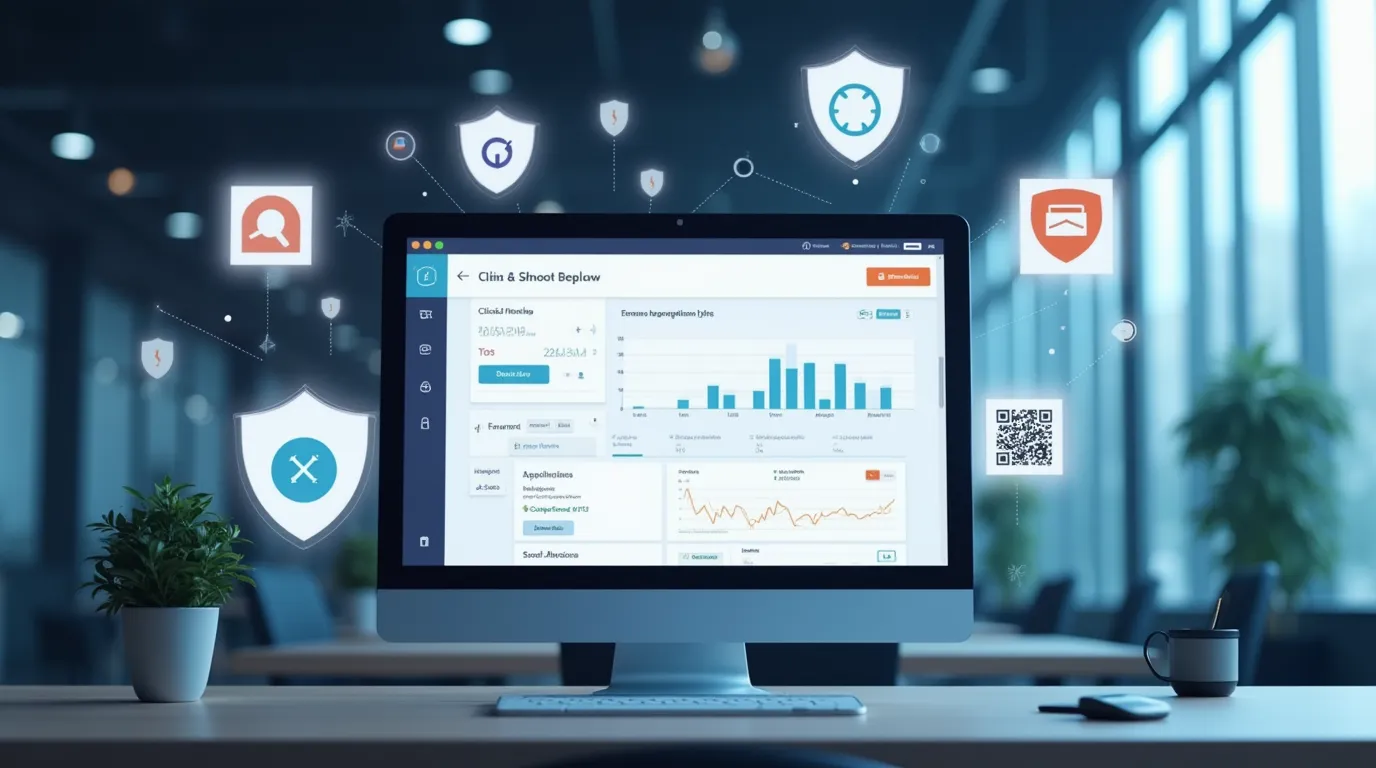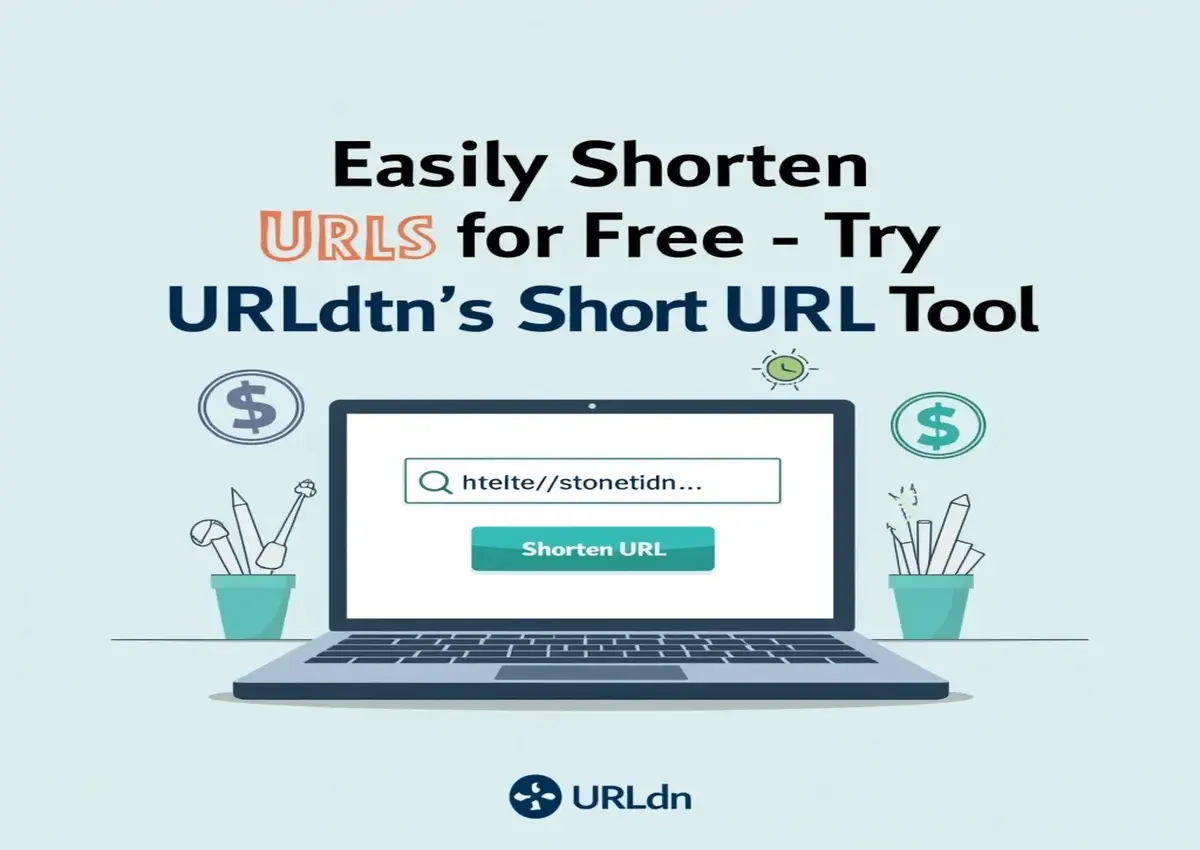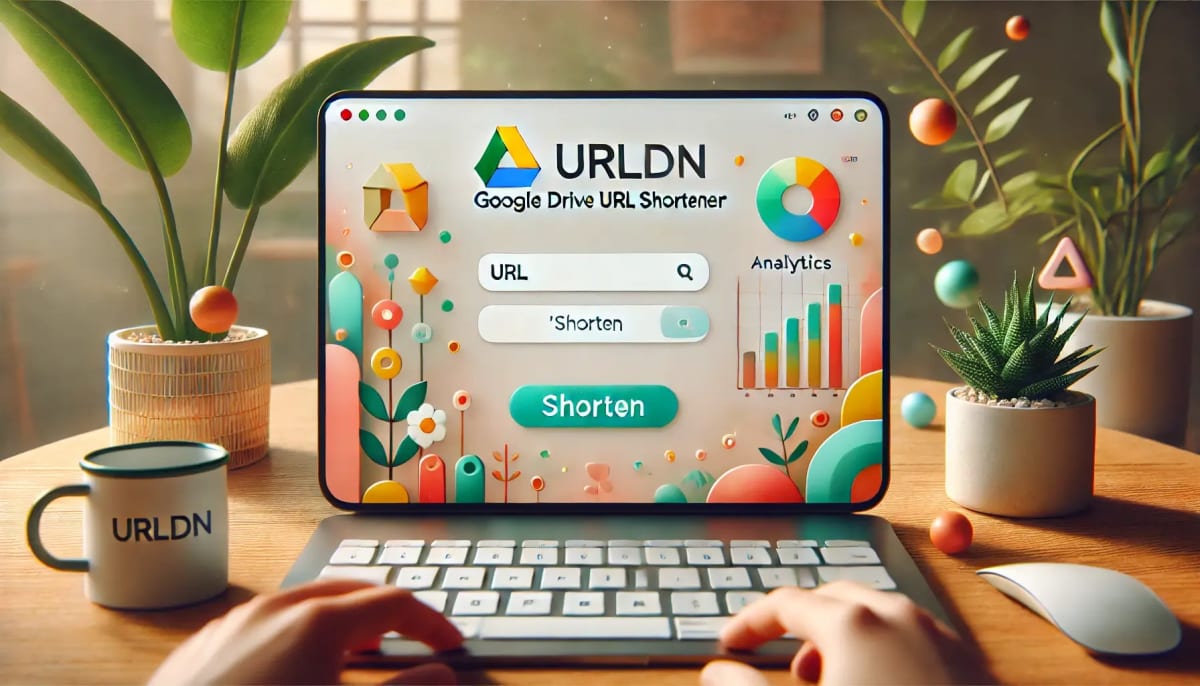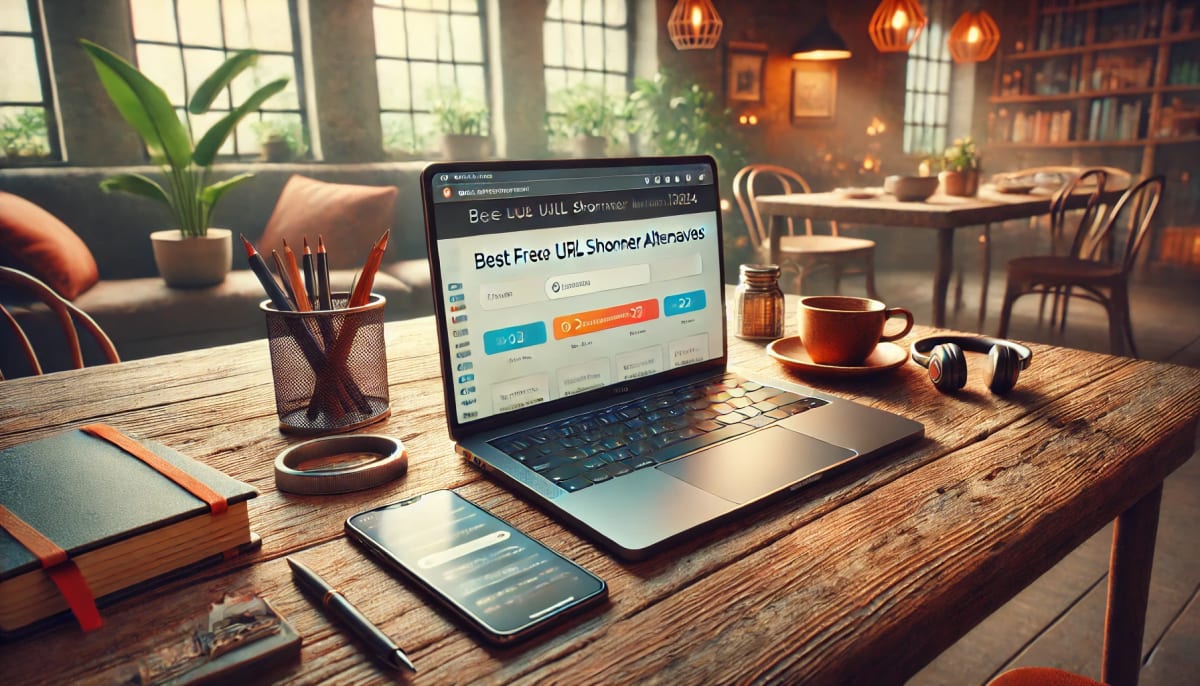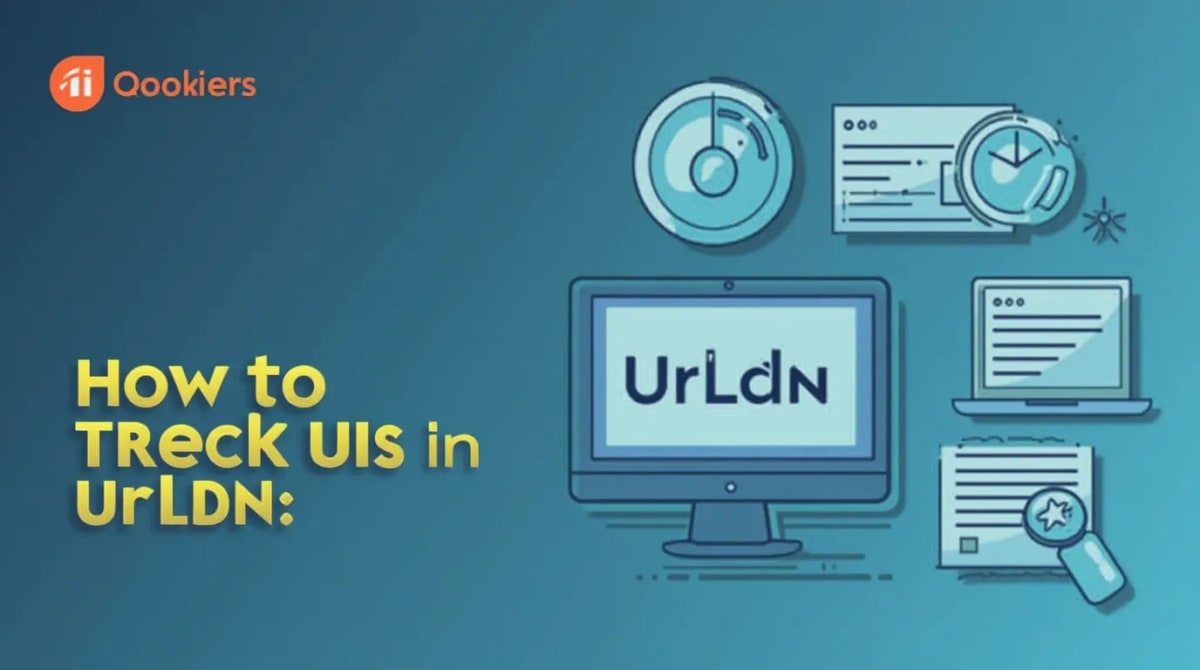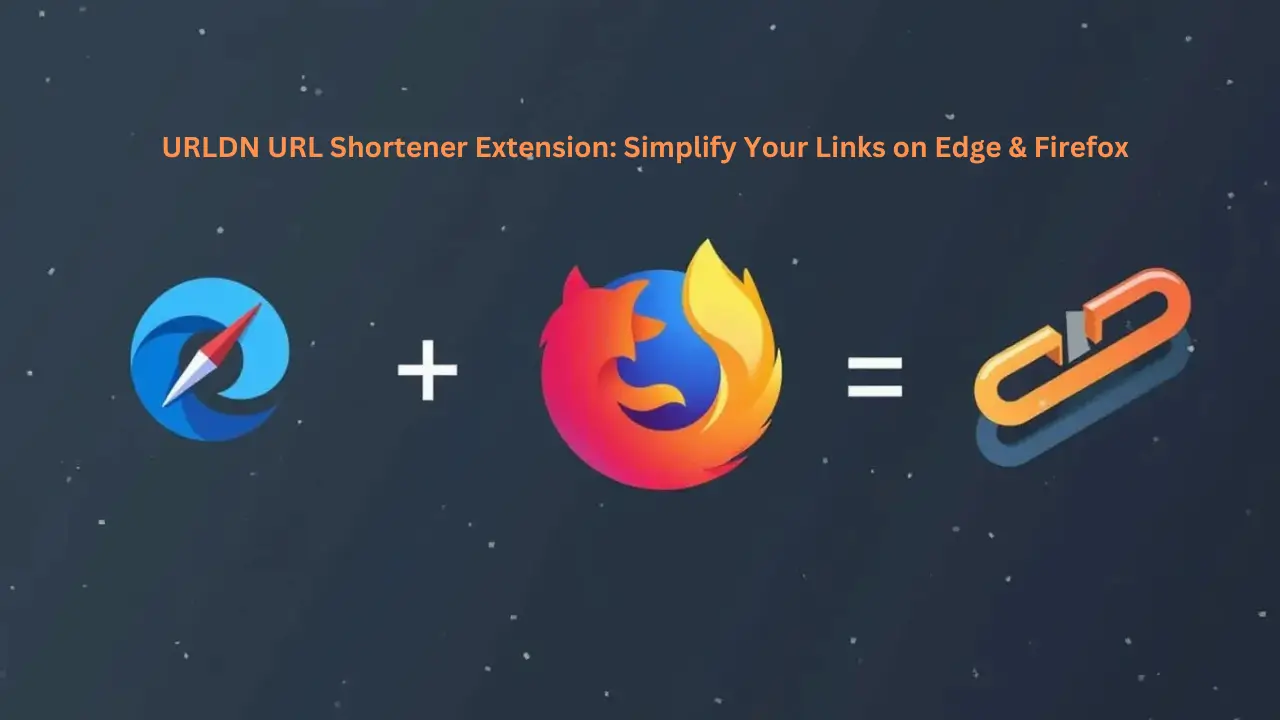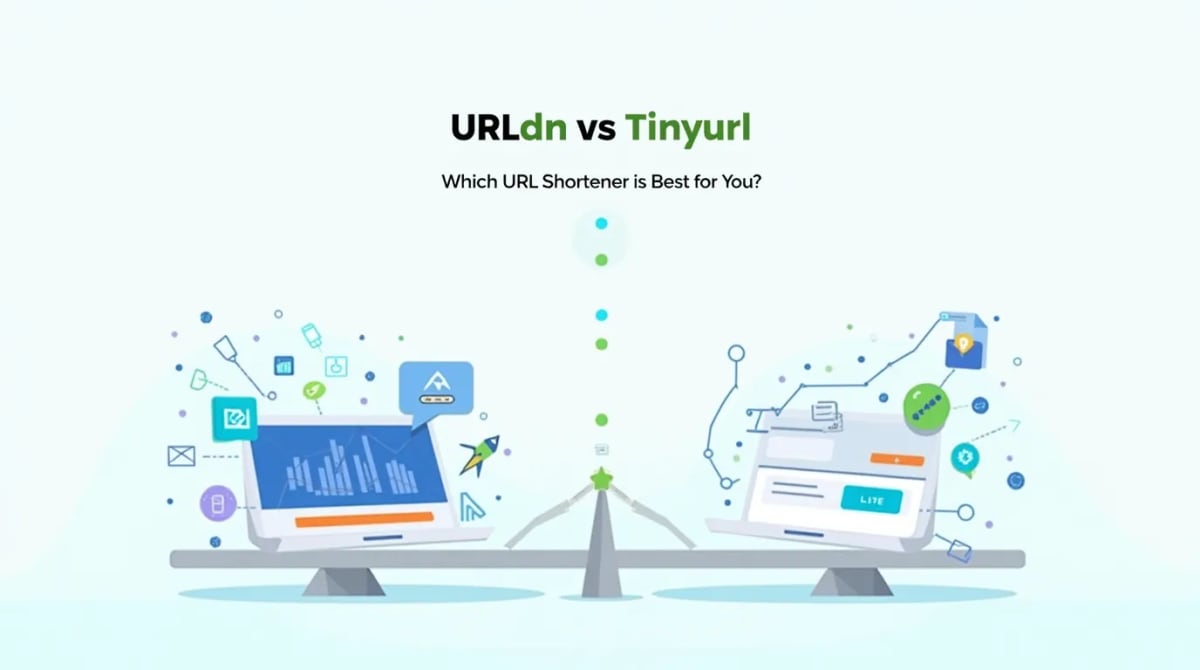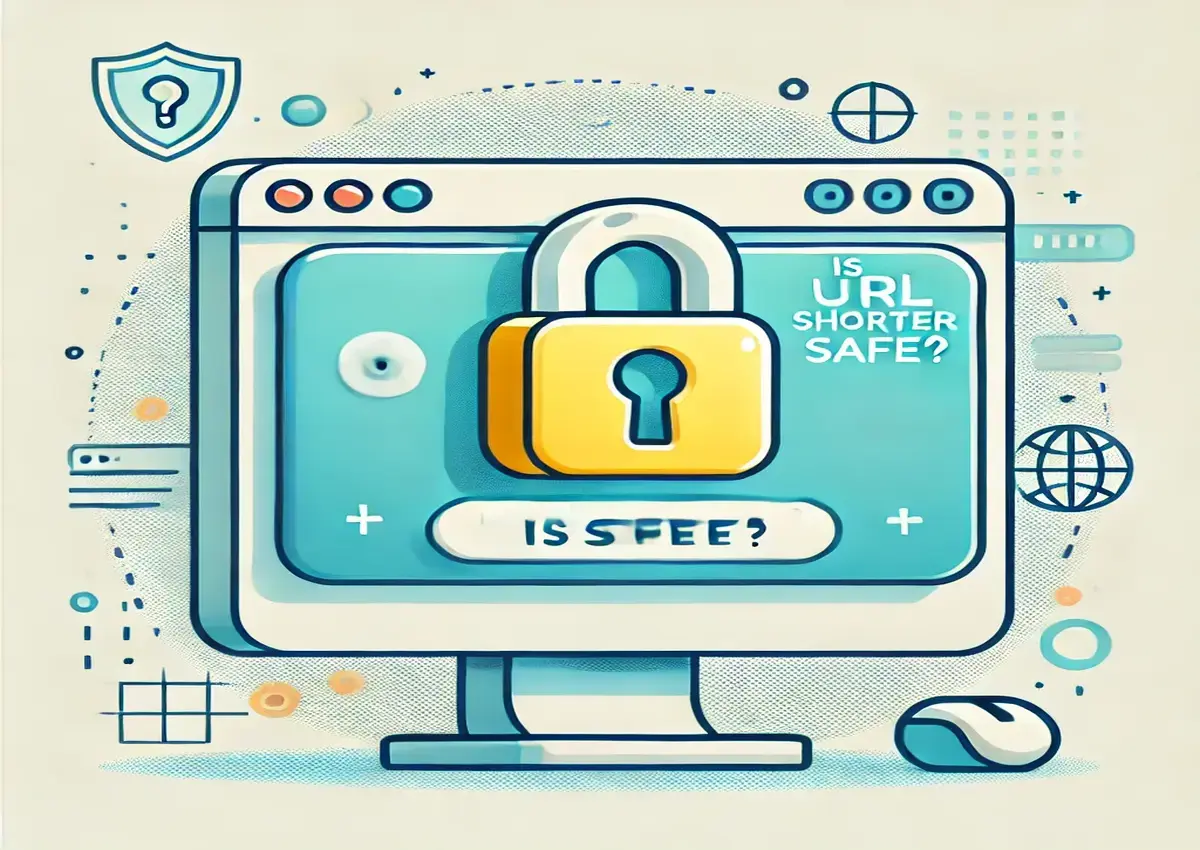
Are URL Shorteners Safe?
Last updated on: July 1, 2025
Introduction
URL shorteners have become indispensable tools in the digital landscape, transforming long, unwieldy web addresses into concise, shareable links. However, a critical question arises: Are URL shorteners safe?
While they offer convenience, URL shorteners come with inherent risks that users and businesses must understand to protect privacy and security.
How URL Shorteners Work
URL shorteners convert lengthy URLs into compact links through a redirection process. When you submit a long URL to a shortening service, it generates a unique identifier (usually a random string) linked to the original address in its database.
The shortened URL typically follows this format:
- Shortener domain (e.g., urldn.com, bit.ly)
- Slash (/)
- Unique code (e.g., abc123)
Clicking the shortened link triggers the service to redirect the user to the original URL.
Benefits include:
- Saving characters in social media posts
- Cleaner, professional-looking links in marketing materials
- Advanced tracking and analytics
- Improved mobile sharing and verbal communication
Popular services include URLdn (offering unlimited shortening and analytics without registration), Bitly, TinyURL, Ow.ly, Rebrandly, and Twitter’s T.co.
For a deep dive into the technical infrastructure behind URL shorteners, explore how permanent 301 redirects maintain SEO value and link functionality.
Safety Concerns with URL Shorteners
One major drawback of shortened URLs is the lack of transparency — users cannot see the destination before clicking, which poses security risks.
Privacy Risks
Clicking a shortened link may expose you to extensive tracking. Many URL shorteners collect:
- Click tracking data including location and device info
- User profiling based on browsing habits
- Persistent cookies monitoring cross-link activity
- IP address, browser type, and OS details
This data aggregation can lead to third-party sharing and behavioral analysis, raising concerns about personal data protection.
Security Vulnerabilities
Malicious actors exploit shortened URLs to conceal phishing sites, malware, or scams. Examples include:
- Hiding harmful destinations behind innocent-looking links
- Launching targeted phishing campaigns
- Distributing malware via drive-by downloads
Accessibility Challenges
Shortened URLs can be problematic for users relying on assistive technologies. Screen readers and voice commands struggle with random character strings, impairing navigation and trust. Learn more about web accessibility standards.
Building Trust with Branded URL Shorteners
Generic short links can erode brand credibility. Using custom domains and branded shorteners (e.g.,
yourbrand.link/sale) improves trust and click-through rates. Best practices include:
- Custom domain integration
- Link previews and transparent redirects
- SSL certificates for secure connections
- Consistent branding across all links
Government agencies and enterprises often use branded shorteners to maintain transparency and authority, such as the
U.S. Department of Defense’s go.usa.gov.
Learn how to verify your domain to enhance brand recognition and email deliverability.
Safer URL Shortening Solutions
To mitigate risks, consider:
- Self-hosted shorteners like YOURLS or Polr for full control over data and security
- Enterprise platforms such as Bitly Enterprise or Rebrandly offering malware scanning, SSL, and privacy-focused analytics
- Implementing best practices like link previews, multi-factor authentication, and regular security audits
- Custom domain usage with HTTPS for trustworthy branded links
Making Informed Decisions When Clicking Shortened Links
Use URL preview features to verify destinations before clicking:
- Hover previews show full URLs on mouseover
- Preview pages offered by services like URLdn, Bitly, and TinyURL
These tools help avoid phishing and malware risks by giving users transparency.
Conclusion
URL shorteners provide valuable convenience and marketing advantages but come with privacy and security challenges. By choosing trusted services, using branded domains, and employing security best practices, you can safely harness the power of URL shortening while protecting users and your brand.



